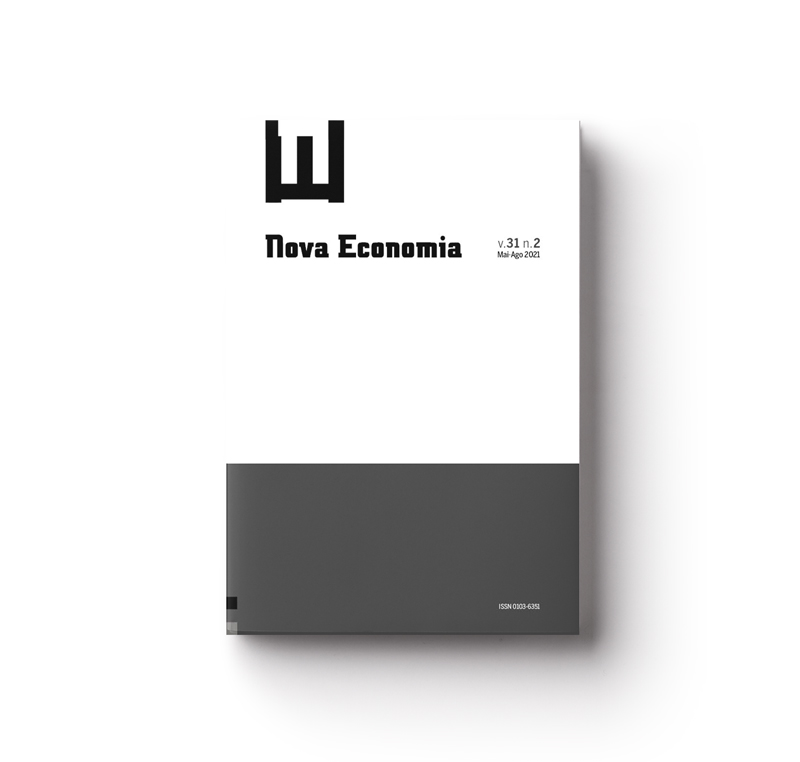A reestruturação do sistema creditício doméstico e a recuperação precoce da economia brasileira na década de 1930
Resumo
Resumo
Ao final de 1928, a economia brasileira começou a experimentar desaceleração econômica, puxada pela retração do crédito doméstico, devido ao aumento do entesouramento dos bancos aliado a uma já fraca entrada de capitais externos. Com a crise de 1929 a situação do crédito doméstico piorou substantivamente, em razão da piora dos termos de troca e da célere fuga de capitais. Dada a operacionalidade do padrão ouro-libra, a perda de reservas à qual foi submetida a economia brasileira resultou em retração da base monetária, com efeitos associados sobre os meios de pagamento e os empréstimos bancários. O presente artigo analisa a importância da restruturação do sistema financeiro à época, tendo em vista seus efeitos sobre a recuperação do crédito doméstico e da atividade econômica. A hipótese é de que essa restruturação é uma face fundamental do processo de recuperação precoce da economia brasileira, ao permitir a adoção de uma política monetária anticíclica e a expansão do crédito pelas instituições bancárias.
Palavras-chave: Política monetária; crédito bancário; recuperação econômica no Brasil pós-1930; Grande Depressão; multiplicador monetário nos anos de 1930 no Brasil.
Códigos JEL: N16, O14, E51
Downloads
Publicado
Como Citar
Edição
Seção
Licença
Copyright (c) 2021 Fernando Augusto Mansor de Mattos, Márcio Alvarenga Jr.

Este trabalho está licenciado sob uma licença Creative Commons Attribution 4.0 International License.
Autore[a]s que publicam nesta revista concordam com os seguintes termos:
- Autore[a]s mantém os direitos autorais e concedem à revista o direito de primeira publicação, com o trabalho simultaneamente licenciado sob a Licença Creative Commons Atribuição 4.0 Internacional que permite o compartilhamento do trabalho com reconhecimento da autoria e publicação inicial nesta revista.
- Autore[a]s têm autorização para assumir contratos adicionais separadamente, para distribuição não-exclusiva da versão do trabalho publicada nesta revista (ex.: publicar em repositório institucional ou como capítulo de livro), com reconhecimento de autoria e publicação inicial nesta revista.
- Autores têm permissão e são estimulados a publicar e distribuir seu trabalho online (ex.: em repositórios institucionais ou na sua página pessoal) a qualquer ponto antes ou durante o processo editorial, já que isso pode gerar alterações produtivas, bem como aumentar o impacto e a citação do trabalho publicado (Veja O Efeito do Acesso Livre).




